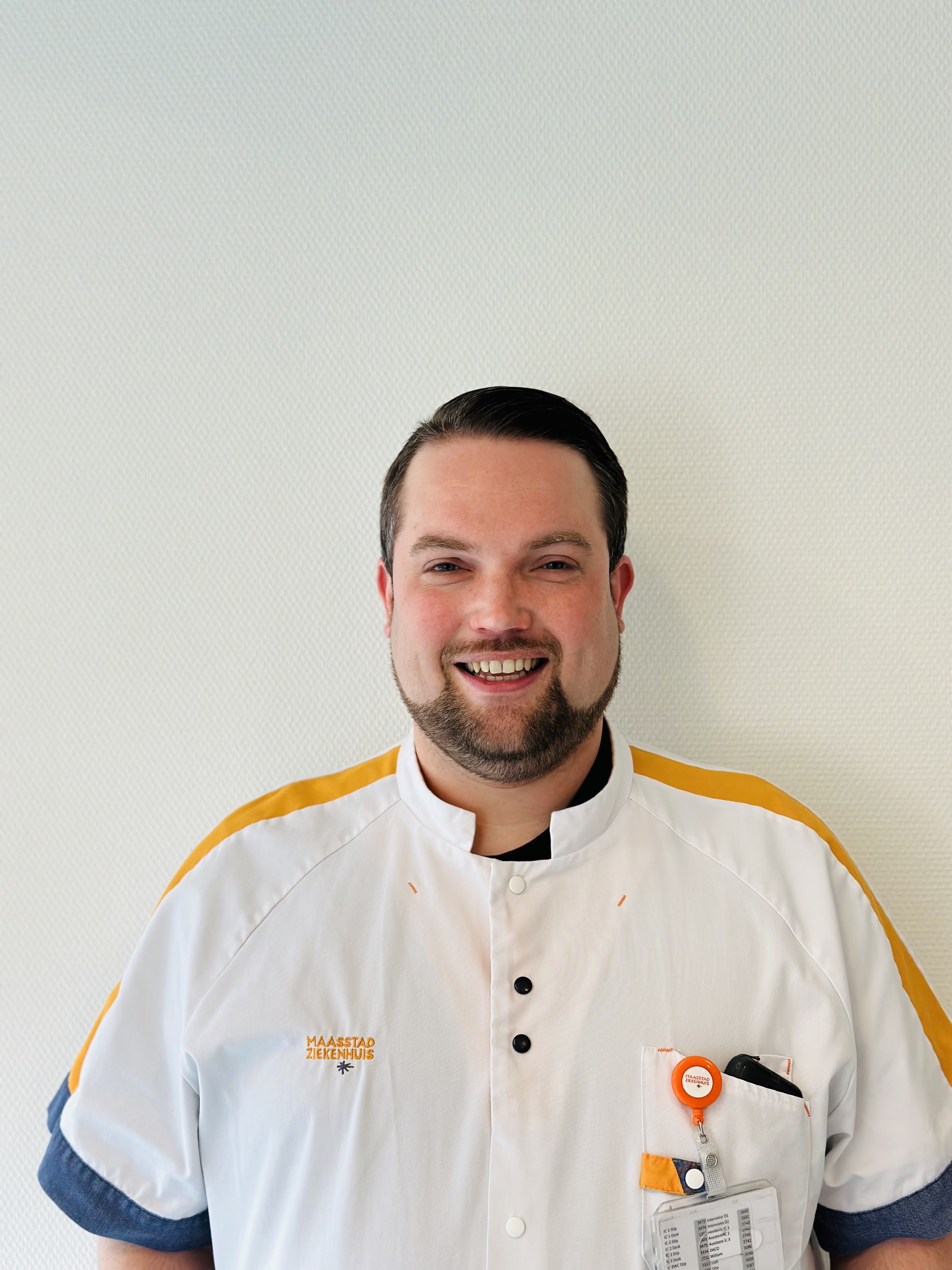 juli 2020
juli 2020Attitudes of Dutch intensive care unit clinicians towards oxygen therapy
Ventilation Practitoner Dolf Weller schreef als mede auteur mee aan dit artikel.
Abstract
Background: Over the last decade, there has been an increasing awareness for the potential harm of the administration of too much oxygen. We aimed to describe self-reported attitudes towards oxygen therapy by clinicians from a large representative sample of intensive care units (ICUs) in the Netherlands.
Methods: In April 2019, 36 ICUs in the Netherlands were approached and asked to send out a questionnaire (59 questions) to their nursing and medical staff (ICU clinicians) eliciting self-reported behaviour and attitudes towards oxygen therapy in general and in specific ICU case scenarios.
Results: In total, 1361 ICU clinicians (71% nurses, 24% physicians) from 28 ICUs returned the questionnaire. Of responding ICU clinicians, 64% considered oxygen-induced lung injury to be a major concern. The majority of respondents considered a partial pressure of oxygen (PaO2) of 6-10 kPa (45-75 mmHg) and an arterial saturation (SaO2) of 85-90% as acceptable for 15 minutes, and a PaO2 7-10 kPa (53-75 mmHg) and SaO2 90-95% as acceptable for 24-48 hours in an acute respiratory distress syndrome (ARDS) patient. In most case scenarios, respondents reported not to change the fraction of inspired oxygen (FiO2) if SaO2 was 90-95% or PaO2 was 12 kPa (90 mmHg).
Conclusion: A representative sample of ICU clinicians from the Netherlands were concerned about oxygen-induced lung injury, and reported that they preferred PaO2 and SaO2 targets in the lower physiological range and would adjust ventilation settings accordingly.
Het hele artikel is hier te vinden
